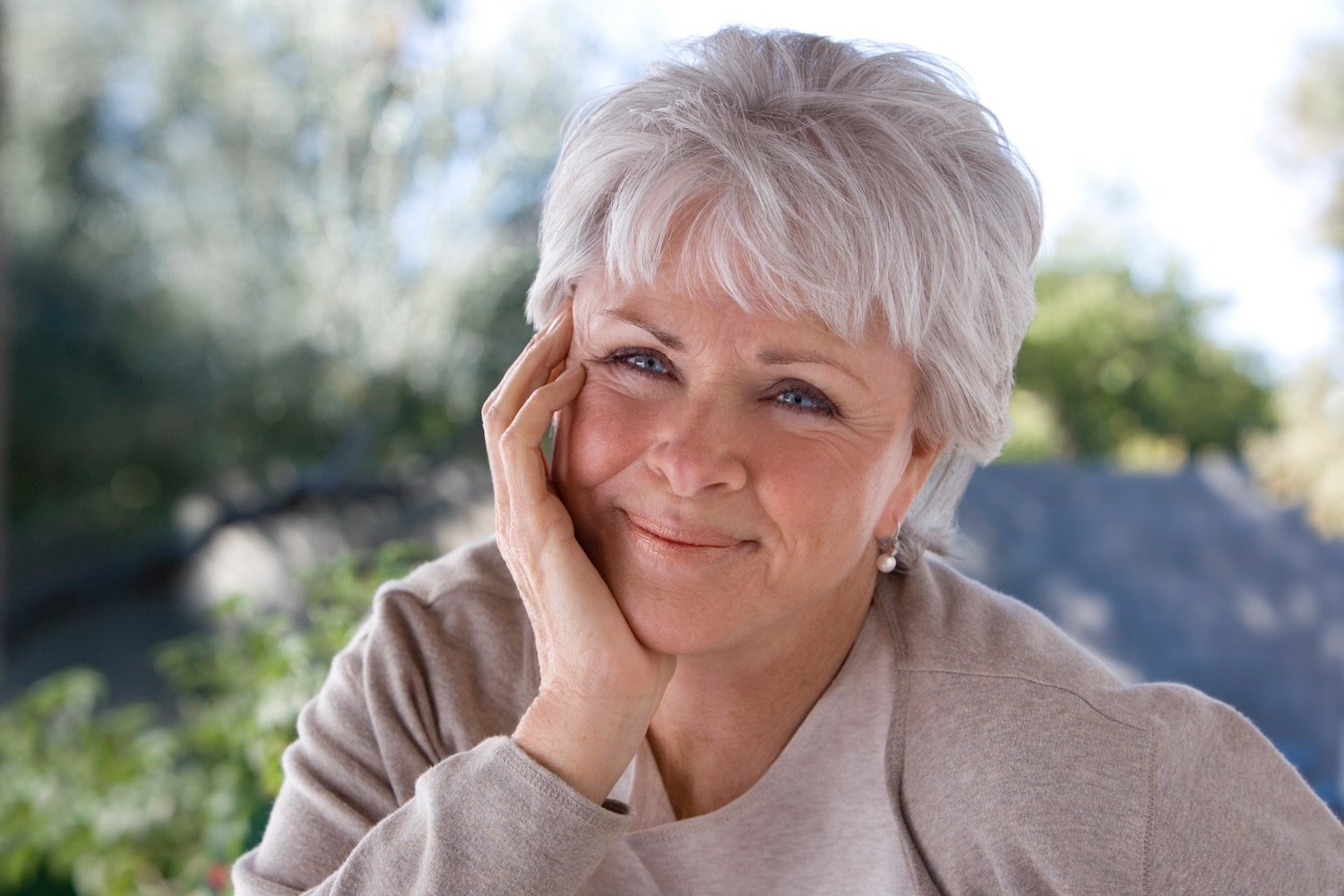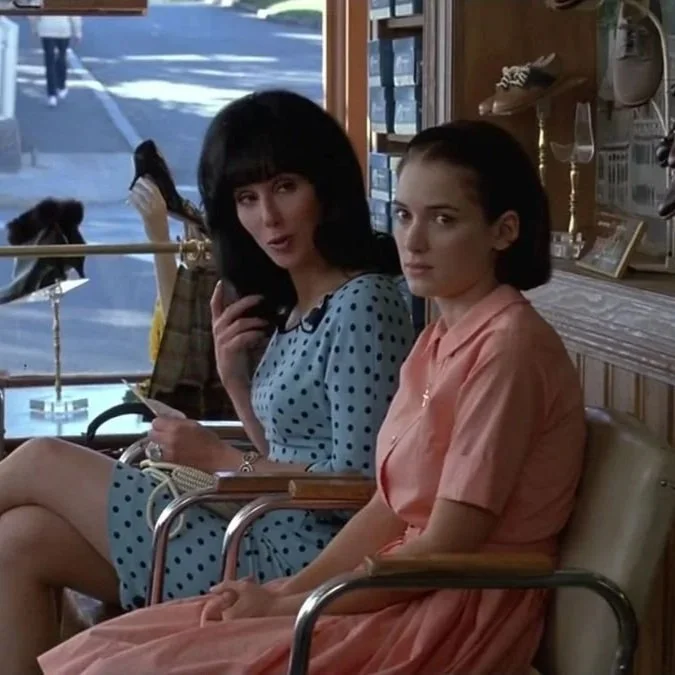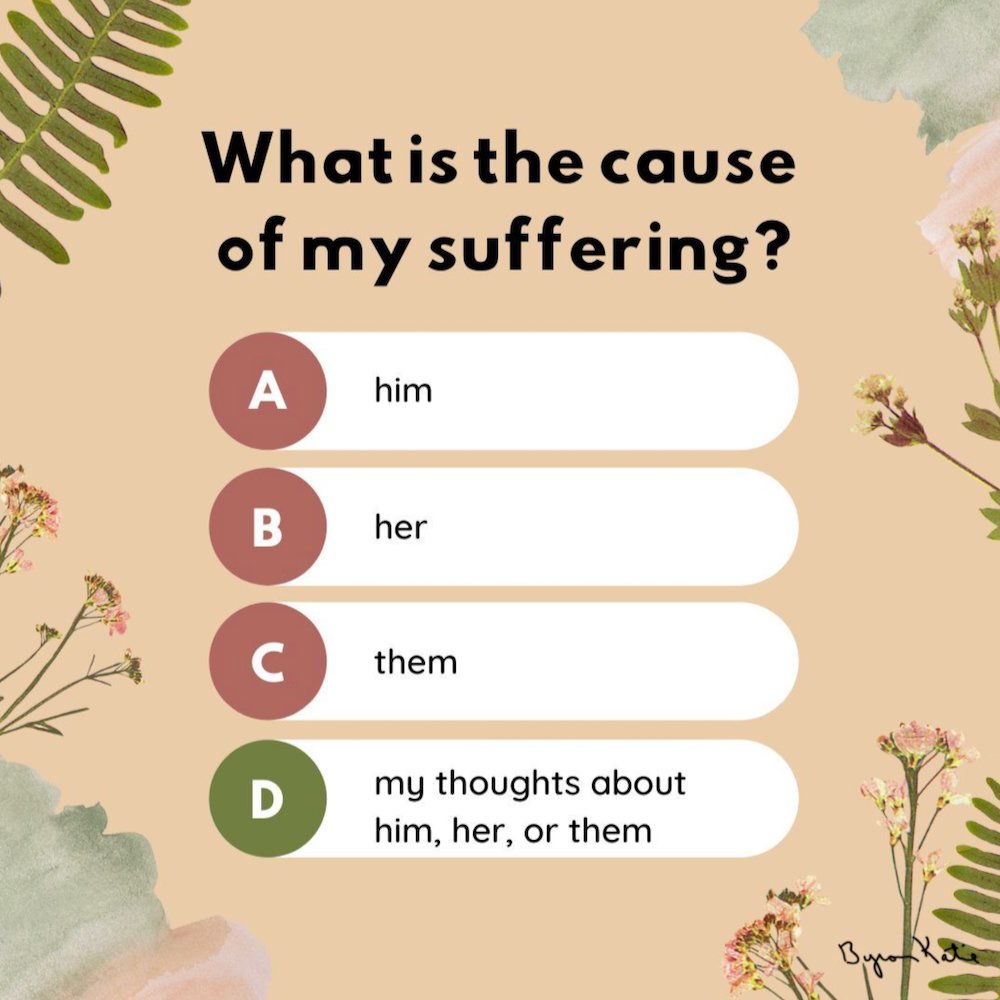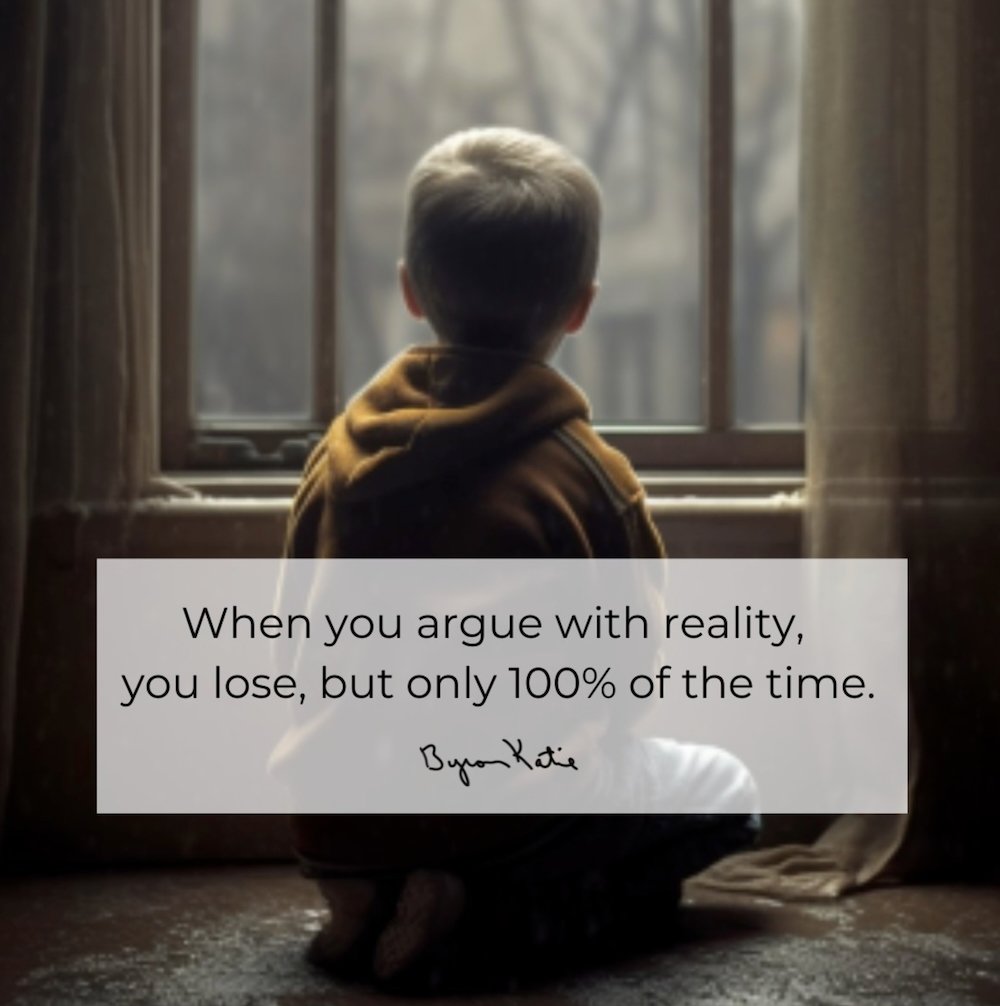These 4 Questions Will Help You To Stop Suffering
Byron Katie told us how to banish (or at least manage) intrusive thoughts.
by Carolyn Firestone
There used to be a school of thought saying that our personalities are fixed by the time we reach 30. In my 20s, I’d use this bit of trivia to try to talk my friends into things like being less horrible to themselves and being more generous with their snack food.
It turns out we are actually (and scientifically) capable of change throughout our lifetime. But no one can deny that we get fixed in our ways. And that can be true, not only of how we think and act, but how we suffer.
By the time we reach our 40s, most of us are really good at being our biggest critic, our biggest over-thinker, our biggest de-motivator. The engrained patterns of thinking we automatically fall into can hugely contribute to our suffering - our stress, bad moods, fears, and frustrations.
But how do we change the way we think and therefore, suffer less?
To answer that, we reached out to Byron Katie, celebrated author and creator of a self-inquiry process known as “The Work.” And her advice was a 4-step technique that for millions of people has been nothing less than life-changing.
How do the 4 Questions work?
Because we can only experience the world through our own imperfect filter, it’s very easy to get trapped in our beliefs about what’s true: what a roomful of people is thinking about us, what our parents expect from us, what our partner feels about us, as evidenced by things like their expression or tone or failure to switch over the laundry even though we reminded them four different times using 12 different emojis.
A large part of Katie’s work emerges from the idea that since we are such prisoners of our own immediate perceptions, then questioning those perceptions could be our path to freedom.
Her website is brimming with light-bulb-inducing, introspective, and completely free exercises that help people re-imagine how they see and experience the world. But the core of The Work centers on four questions – four direct, uncomplicated questions we can ask ourselves about any situation that comes up in our lives.
The process of asking these questions is meditative in nature and is designed to invite in a little more openness and curiosity. “I used to call it what to do when nothing else works,” said Katie. “It gives us opportunity to take responsibility for our own thinking in a way that we've never really been able to before.”
And here’s how you do it.
Question 1: Is it true?
Start by thinking about something that recently bothered you. Maybe it was a rushed interaction with your kids, a disjointed conversation with your partner, cryptic feedback from your boss, or just the chaotic state of your closet. Whatever it was, try to focus on a specific thought you had about the situation.
For example:
I’m so scattered. I can’t even create a calm morning for my kids.
My husband/wife isn’t really interested in understanding me.
I’m on shaky ground at work. My boss isn’t happy with me.
My house is a disaster. I need to organize it to feel sane.
Then, you simply ask yourself the yes or no question “Is it true?”
Katie offered the example of being in a room with a group of people you’ve just been introduced to and having the thought, “they don't care about me.” The question would then be, “Is it true they don't care about me?”
A “yes” or “no” may come to mind immediately. If you’re leaning toward “yes,” move on to question 2. If you actually believe it’s a “no,” skip to question 3.
The main goal is to just settle in and let ourselves reflect. “We have to get still and see what shows up for us,” said Katie.
Question 2: Can you absolutely know that it’s true?
It may sound redundant, but that’s honestly the point. Rethinking invites you to have more observations about the situation instead of just accepting your face-value reaction.
In the example of the room full of strangers, Katie advises people to meditate on what happened. “Be back in that time and place where I was having that thought and I was with those people, I believed [the thought] then. But let me check it out from here where I'm not under pressure…No one said, I don't care about you. Some of them aren't even looking at me. They don't even know I'm in the room. Some of them are tied up in conversation and fascinated in that.”
When reflecting on the circumstances, you may stumble upon a triggering event, such as remembering one person in the crowd looking at you then looking away. Maybe that was enough to spark the thought, “He doesn’t care about me,” which then evolved into “they don’t care about me.”
“Just one little thing like that with no evidence, and the ego grabs it,” said Katie. Because our ego is tied to the past, old definitions and ideas about ourselves, it tends to have its own version of events. Once it pegs you as shy, socially awkward, or unworthy, that projection spills out into the present. You lose your sense of reality and proceed accordingly. Which is why, whether or not you wind up agreeing with the initial thought, it’s vital to explore your reaction to it. Which leads to the third question:
Question 3: How did you react? What happens when you believe that thought?
This is where you take time to sit with the thought and see what comes up. In this case, you may think “I’m nothing to these people. They don’t want me here.” Keeping that idea in mind, you would:
Close your eyes
Notice the feelings, sensations, impulses, and behaviors that come up.
Answer these questions about the situation: Are there any emotions or physical sensations around those images? How did you treat the other person? How did you treat yourself? Do any obsessions or addictions show up when you believe that thought?
Naturally, picturing a room full of people feeling indifferent to you might stir up memories of being shy or ridiculed in your past. It may bring up fears of how failing in this social situation might affect your future. And all of these triggered responses might very well have driven you to try to compensate in the current-day situation.
“Maybe I become friendly [in a way that’s] way over the top of what is honest and authentic for me,” said Katie. “Or maybe I just get quiet and go to a corner where I'm not noticed. But I see how I react in that situation…, seeing the cause of my suffering, those images of past and future…And then I begin to get in touch with my emotional [response], what I said and what I did that causes guilt for me.”
Our ability to identify when a reaction we had went beyond whatever was going on in the moment is empowering for three reasons.
First, it gives us an alternative to immediately believing every thought that pops into our heads.
Second, it can lay a foundation for us to actually change patterns that hurt us.
Third, it offers a way of being less defensive and really owning our side of things without just going straight to hating ourselves.
We’re not here to tell ourselves stories about how terrible we are, filling in the blanks with the commentary of our inner critic. We’re just reflecting on how our thoughts feed into behaviors that don’t reflect reality or serve us in any real way.
Question 4: Who would I be without the thought?
The fourth question is all about exploring what might have been different if you didn’t have that thought. How would you have felt toward yourself or any other people involved? Try not to be judgmental but just curious about how a thought-free you would have felt and behaved.
According to Katie, a person imagining themselves at that crowded event might think something along the lines of “I'm okay alone. I notice if no one speaks to me. I'm comfortable without the thought. Now I'm connected. People are enjoying themselves, they're talking. I notice how simple it is to be there.”
Within that simplicity, things like meeting people, making connections, or just experiencing “a friendly universe” becomes possible. “The whole room comes alive, not as something I was imagining it to be, but reality,” said Katie. “There's nothing to fear in that situation other than what the ego was offering up.”
This process of taking events one by one and asking these questions can help a person build toward leading a more authentic life, because they’re becoming aware of when they exaggerate, misrepresent, or overly emphasize things in negative ways. There’s more possibility around, and that possibility naturally leads to the final exercise in this process, the turnaround.
The Turnaround
Turning it around is a practice where you look at the exact same situation but adopt the opposite belief about it. So instead of, “people here don’t care about me,” you’d think “people here are interested in me.” It may feel odd or unnatural to do this, but according to Katie, sometimes just picturing the opposite to be true helps you see the truth in it. You may observe the reality to thoughts like:
My kids feel calmed by my presence.
My spouse does genuinely care how I feel.
I’m noticeably competent at my job.
My house is organized, and I can handle imperfection.
A turnaround isn’t about convincing yourself of an alternate reality. It’s just a way to fully experience the degree to which your thoughts create the world you live in, and to see what’s both real and possible when you actively shift those thoughts.
More than anything, because you’re learning to question your assumptions, you’re given a chance to be a more open and genuine version of yourself in real time. After doing this work for decades, Katie herself says she’s “so aware anytime I would exaggerate or misrepresent the truth.” She feels like she can always go back and restate what’s really true for her, which leads to her trusting herself more. “It supports me to be authentic in the world, and to be authentic in the world I've come to see is, by nature, a beautiful thing, connected, helpful.”
carolyn firestone
Carolyn is the Managing Editor at The Candidly. Her favorite thing to do is to write about her favorite things, especially when they have even the slightest chance of making someone else’s something (mood, relationship, travel plans, or toiletry kit) a little better. You can find more of her articles here.
This article is for informational purposes only. It is not intended to be used in place of professional advice, medical treatment, or professional care in any way. This article is not intended to be and should not be a substitute for professional care, advice or treatment. Please consult with your physician or healthcare provider before changing any health regimen. This article is not intended to diagnose, treat, or prevent disease of any kind. Read our Terms & Conditions and Privacy Policy.













